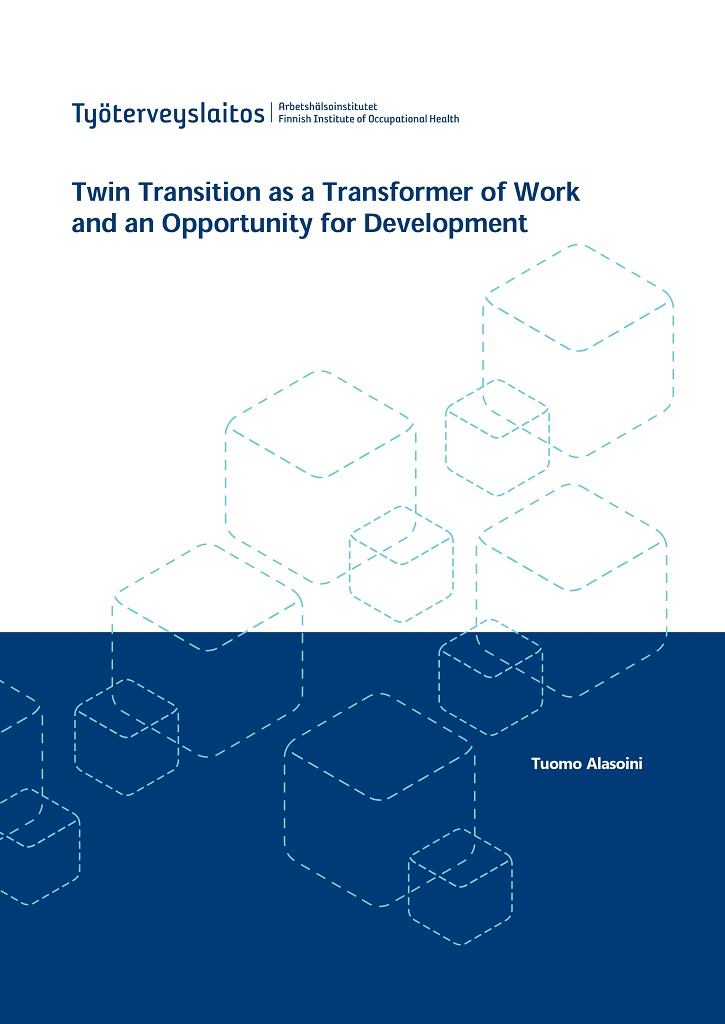
WEBINAR: Twin Transition as a Transformer of Work and an Opportunity for Development.
February 28 @ 10:00 – 11:00 GMT
Webinar
This is a webinar and it will be delivered via Microsoft Teams. This webinar is part of the EUWIN and Bridges 5.0 programme of events.
This paper examines how the digital transition and the green transition together
constitute a twin transition, and looks at the potential effects of this twin transition on
working life. The twin transition is considered a comprehensive socio-technical change,
which brings opportunities to develop the quality of work and working life. The paper
also presents various ways in which working life research can increase our
understanding of the transition and contribute to it.
Besides opportunities, the paper also highlights tensions and contradictions regarding
the twin transition. These arise, on the one hand, from the fact that the transition
concerns a large group of actors who may have intersecting, different and divergent
goals and interests. On the other hand, the relationship between the development of
digital information technology and the green transition is also tense and contradictory.
While it is possible to promote the green transition with the help of artificial
intelligence and other technologies, technological development can have significant
side effects that increase the consumption of energy and natural resources.
According to forecasts, the overall effects of the twin transition on employment at the
level of the national economy are expected to be moderate, and rather more positive
than negative. However, the positive and negative effects on employment can impact
different industries, different regions, different occupations and different organizations
in very different ways. The twin transition will probably further accelerate the ever-
increasing growth in demand for professionals. The infrastructure investments required
by the transition will likely also increase the demand for labour especially in
manufacturing, construction and various maintenance activities.
The twin transition is not only about strengthening ecological sustainability by utilizing new technological possibilities, but also involves an important social dimension. The social dimension particularly concerns different stakeholder groups’ opportunities to participate in the transition and how just the effects of the transition are perceived to be in working life and in society at large. The paper highlights the themes of working life research, with an additional focus on how research can contribute to the implementation of the twin transition in a socially sustainable way.

Twin Transition as a Transformer of Work and an Opportunity for Development: This publication is a study commissioned through the Finnish Institute of Occupational Health’s research project “Understanding and supporting the twin transition as part of well-being at work”.
Discover the full programme and book your place.


EUWIN (the European Workplace Innovation Network) is a community of researchers and practitioners from business, public policy, research and social partner organisations. Its remit is to promote workplace practices that lead to simultaneous improvements in organisational performance and quality of working life for employees. First established by the European Commission in 2013, EUWIN is now funded and managed by a network of international partners.

Bridging human & digital potential. Bridges 5.0 creates a unique consortium based on active collaboration between researchers, 8 EU industrial companies, 9 Industry 4.0 ecosystems, and the main EU social partners.
Photo credit
Photo by ThisIsEngineering


